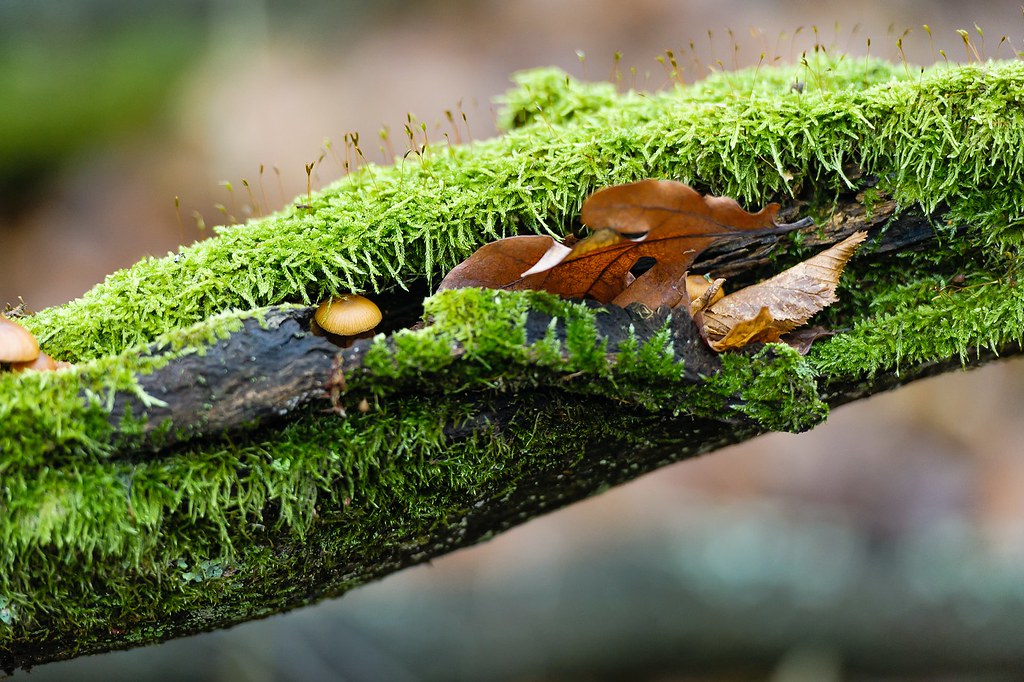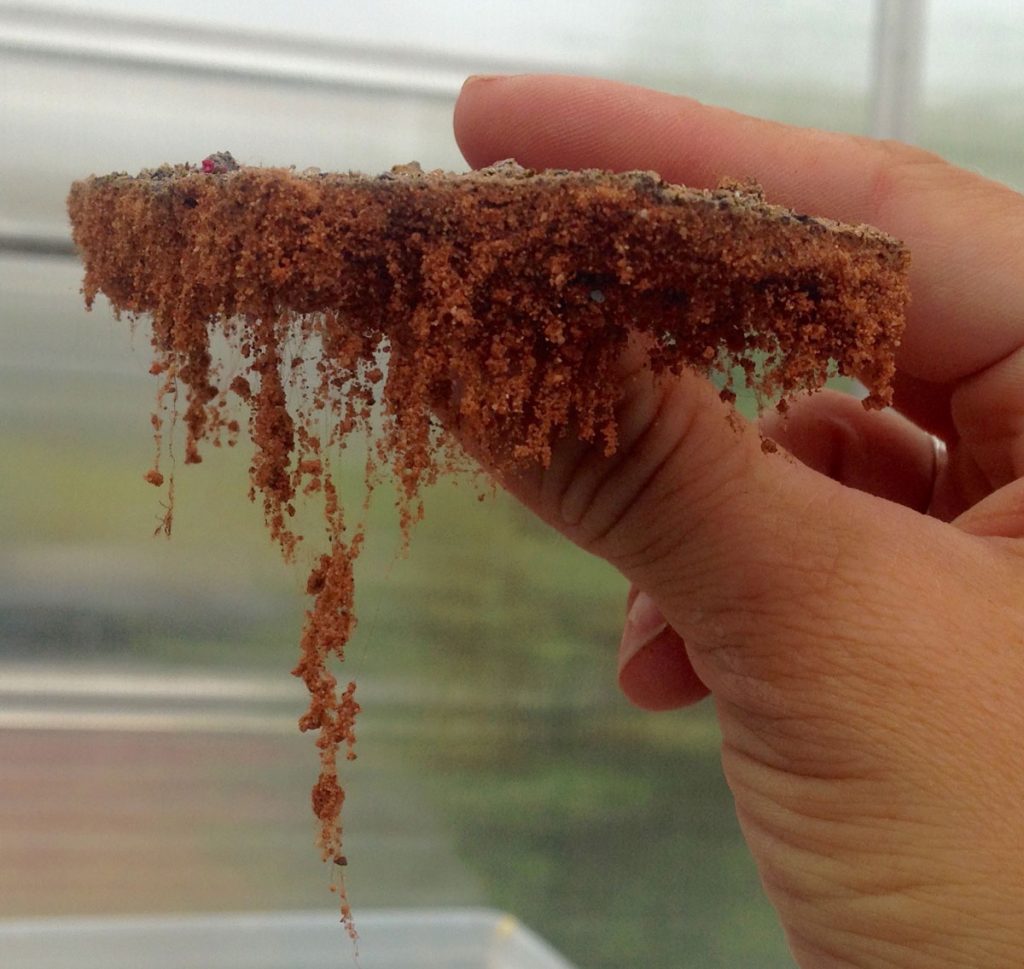Returning from the (mostly) dead with Dr. Matt Bowker | WTF, Biology? Podcast
That crunchy black moss ball probably isn’t dead…at least maybe not if you are in the desert. Just give it a splash with your water bottle and watch this cool little plant resurrect right before your very eyes! Read more.

The Lessons We Might Learn From Mosses | Earth Island Journal
In a year of quarantine and remote learning, my children and I have found solace in the mossy world of our backyard forest. Read more.
Straying off the path at New York’s Glenmeal State Forest, the author and her children began to really see and and feel the mosses around them. Photo by Adam Przeniewski on Unsplash.
Desert mosses use quartz rocks as sun shades | Berkeley News
Living under a translucent rock can be quite comfortable — if you’re a moss in the Mojave Desert.
A graduate student at the University of California, Berkeley, found that some mosses in the California desert seek protection from the relentless sun and heat by sheltering under translucent quartz pebbles, essentially using the rocks as sunshades.
The soil under these rocks retains more moisture than exposed desert soil, said Jenna Ekwealor, while enough light leaks through the milky quartz to allow the tiny mosses to remain green with chlorophyll. Mosses actually prefer dim light, making these conditions ideal for growth. In contrast, nearby mosses in full sun are dried up and black. Read more.
Herd of fuzzy green “glacier mice” baffles scientists | NPR
In 2006, while hiking around the Root Glacier in Alaska to set up scientific instruments, researcher Tim Bartholomaus encountered something unexpected.
“What the heck is this!” Bartholomaus recalls thinking. He’s a glaciologist at the University of Idaho.
Scattered across the glacier were balls of moss. “They’re not attached to anything and they’re just resting there on ice,” he says. “They’re bright green in a world of white.” Read more.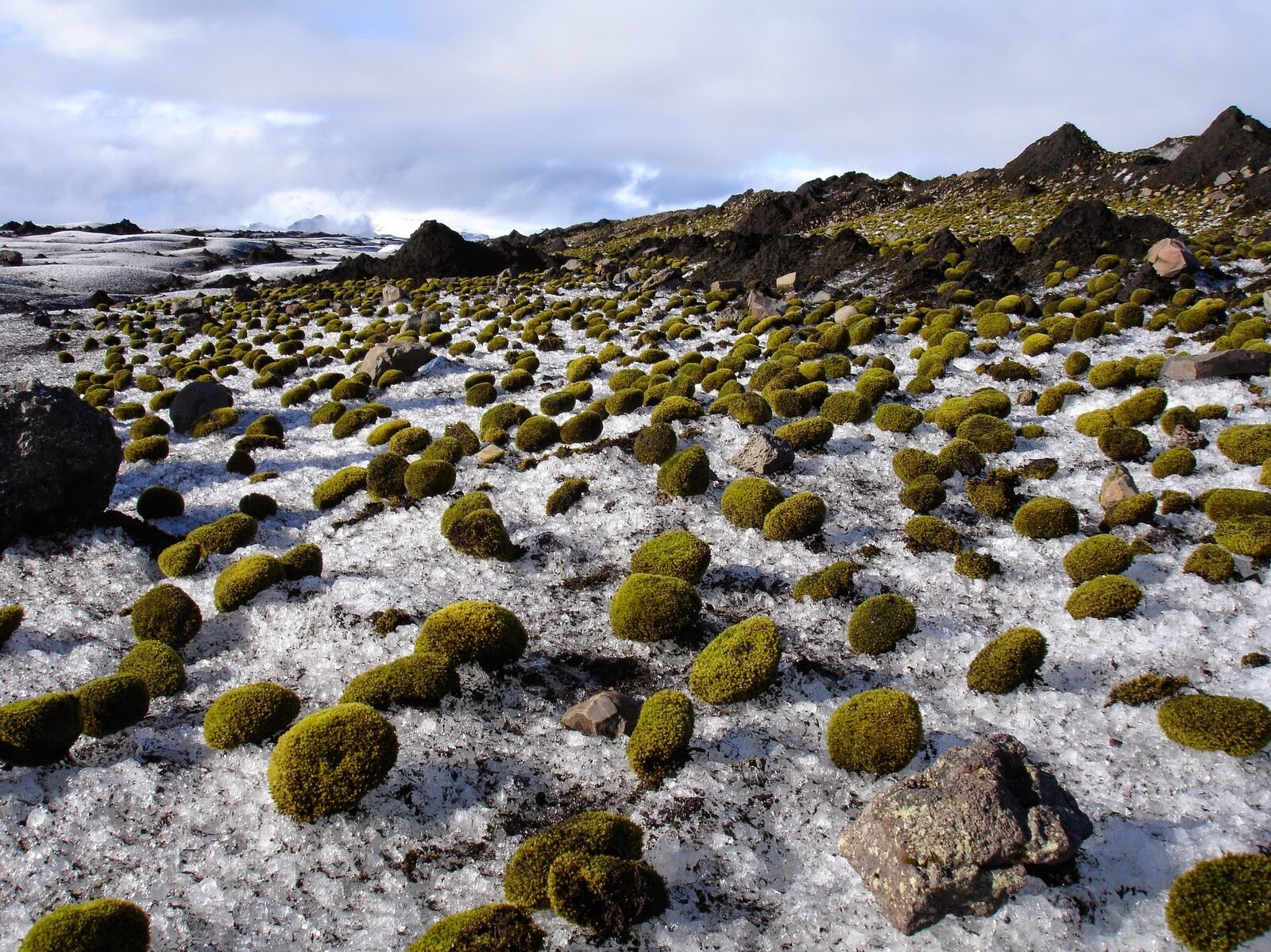
Glacier mice in Iceland. Ruth Mottram
7 interesting things about moss | Kew Royal Botanic Gardens
Often overlooked, this miniature plant has more to it than meets the eye. Read more.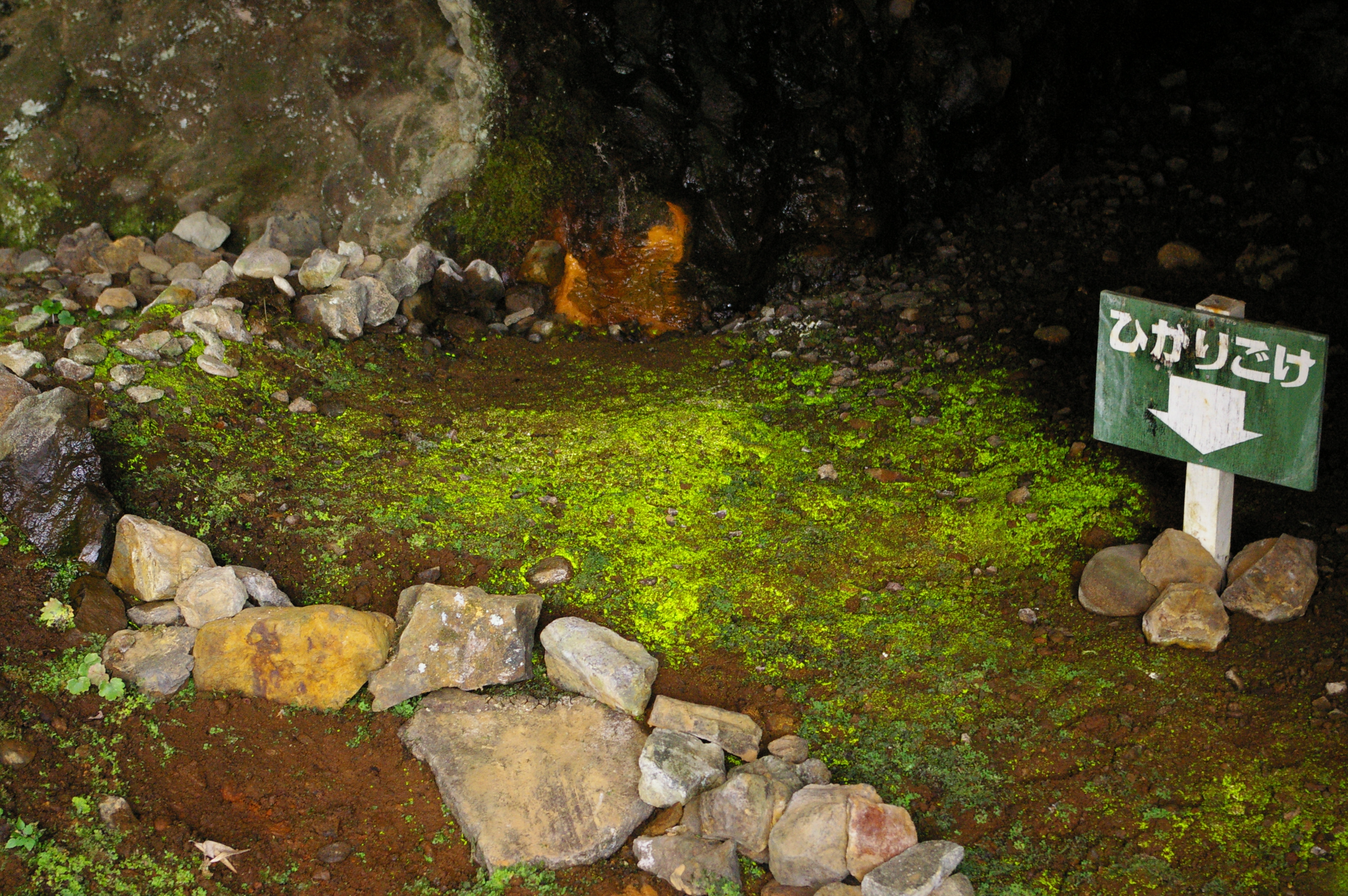
Schistostega pennata by Dr TerraKhan/Wiki Commons
The desert gets a biocrust skin graft | High Country News
Without its cover of living microorganisms, the desert is eroding. Read more.
The biocrust conundrum | High Country News
By destroying biocrust communities, climate change may be making arid lands more reflective — which could slow down warming. Read more.
Silver moss is a rugged survivor in the city landscape | The Conversation
Chances are you’ve walked over silver moss (Bryum argenteum) countless times without giving it a second glance. This moss, at home in moist environments as well as hot and cold deserts, is also a common denizen of cities worldwide and finds shelter in our pavement cracks. Read more.
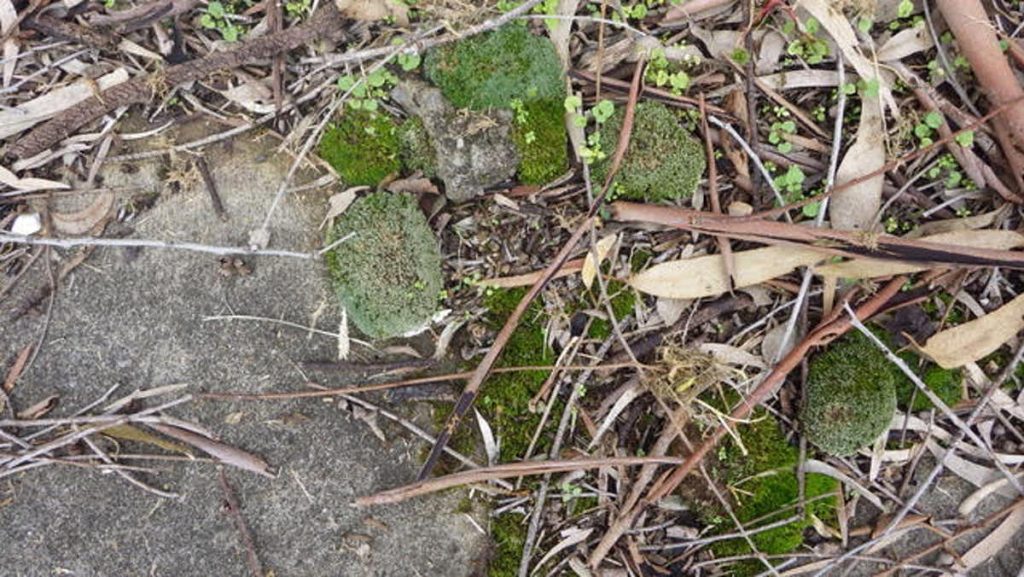
Lowly Moss-Like Plant Seems to Copy Cannabis | Scientific American
Meet the new weed on the block, perhaps one better suited to medical rather than recreational use. Read more.
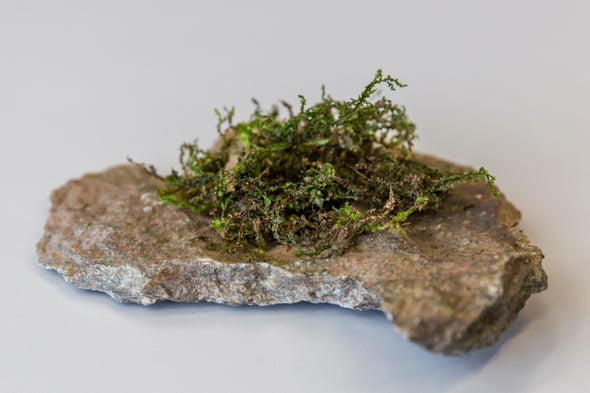
Moss is no weed: It’s a brilliant addition to the garden | Washington Post
Earth Notes: After a Fire, Pioneer Plants | KNAU Arizona Public Radio
Brain Food: Growing Biocrust | KNAU Arizona Public Radio


Kids love to play in the dirt. So Flagstaff ecologist Anita Antoninka is channeling that love into learning… using it as a way to teach kids about the effects of climate change on the earth’s biocrust. Today, she’s working with a seventh grade science class at Northland Preparatory Academy to see how a warming planet affects moss. Read more.
Inside NAU – Season 11
These ‘Resurrection Plants’ Spring Back to Life in Seconds | KQED Science
